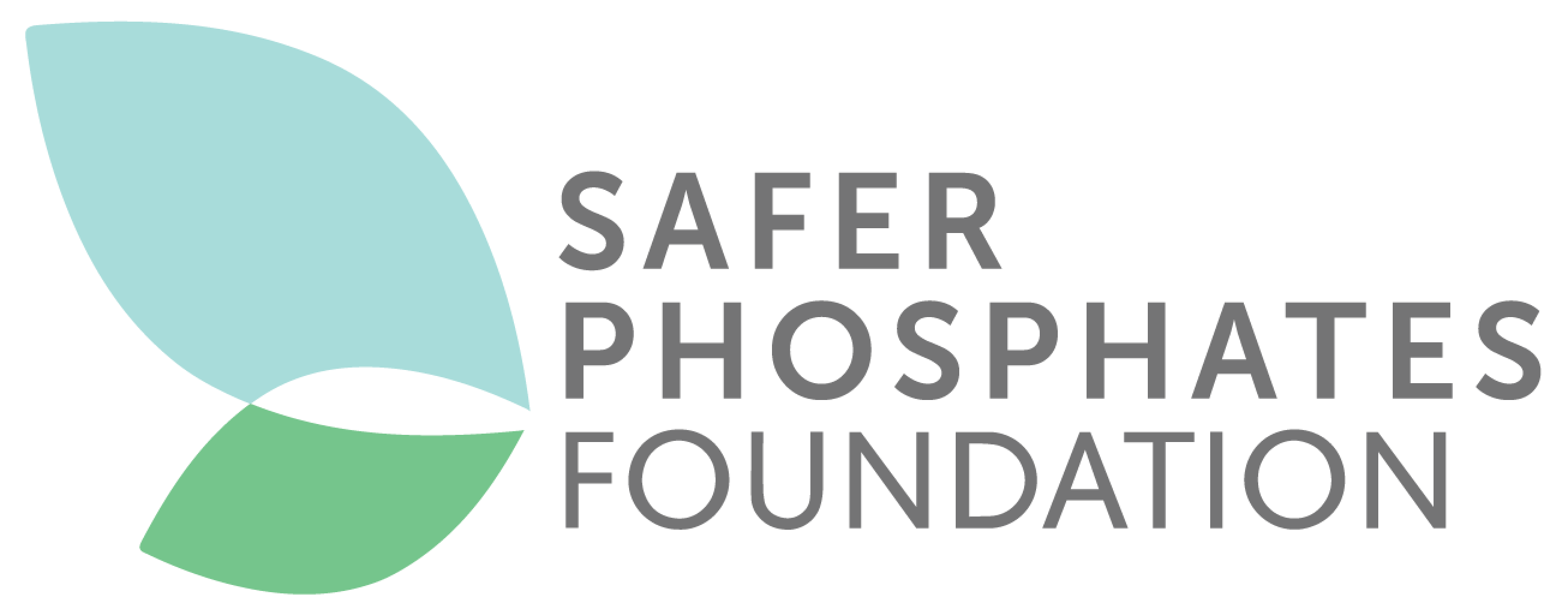In the context of the LUCAS (Land Use and Coverage Area frame Survey) project, led by the European Commission Joint Research Centre in Ispra, a study was recently conducted on the presence of cadmium in over 20,000 samples of topsoils from the EU and the UK. The analysis found a cadmium concentration of above 1 mg kg (considered to be the limit for risk assessment) in 5.5% of European topsoils. Cadmium distribution is not balanced across Europe, with higher concentrations being observed in countries in North-western and Central Europe, including the UK. Controlling for natural and anthropogenic factors, the authors of the study used machine learning to develop detailed maps of cadmium distribution and contamination.
)
Soil pollution with heavy metals stemming from agricultural and industrial activities poses significant health hazards at a global level. In Europe alone, over 340,000 sites have been found to be contaminated by heavy metals such as cadmium, mercury, and lead. These metals become particularly hazardous to human health once their concentration levels surpass certain thresholds.
Among these metals, cadmium is one of the most widespread in European topsoils, with significant adverse consequences for human and environmental health. Contamination assessment is particularly complicated because of the absence of an EU-wide standard threshold for soil contamination, with averages varying significantly between Member States. Thresholds can range from as low as 0.5 mgˑkg−1 in Denmark to as high as 5 mgˑkg−1 in Slovakia. For a soil to be considered contaminated, a concentration of 3 mgˑkg−1 is considered sufficient. Among land-cover types, grasslands exhibit the highest cadmium concentrations, with 31.8% of samples above the limit. Croplands, particularly orchards and vineyards, show relatively low cadmium concentrations, except for rapeseed crops.
The European Commission has responded to these concerns by implementing regulations to address cadmium contamination in fertilizers. EU Regulation 2019/1009, for instance, imposes a cadmium limit of 60 mgˑkg−1 of P2O5 in phosphate fertilizers, with further reductions planned by 2026.
Since the 1990s, industrial cadmium usage in the EU has notably declined, attributed to the gradual phase-out of specific products and the enforcement of stringent environmental legislation, such as EU Directive 91/338/ECC and the REACH Regulation of 2006.
Finally, it is clear that fertilization remains the primary source of cadmium input into soils, with leaching being the main output. The study supports the Commission’s proposal to establish lower cadmium limits in phosphate fertilizers, specifically highlighting that the priority should be addressing hotspots with cadmium levels exceeding 1 mgˑkg−1 and agricultural areas subject to intensive fertilization.
More information on the findings of the study is available at https://www.sciencedirect.com/science/article/pii/S0048969723073382?via%3Dihub.

